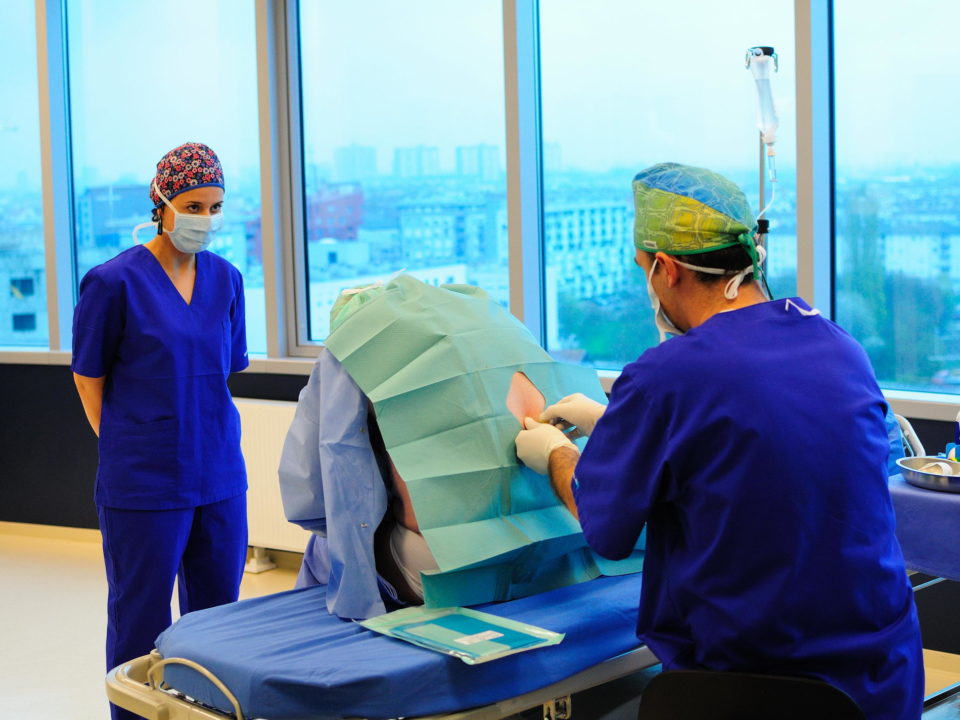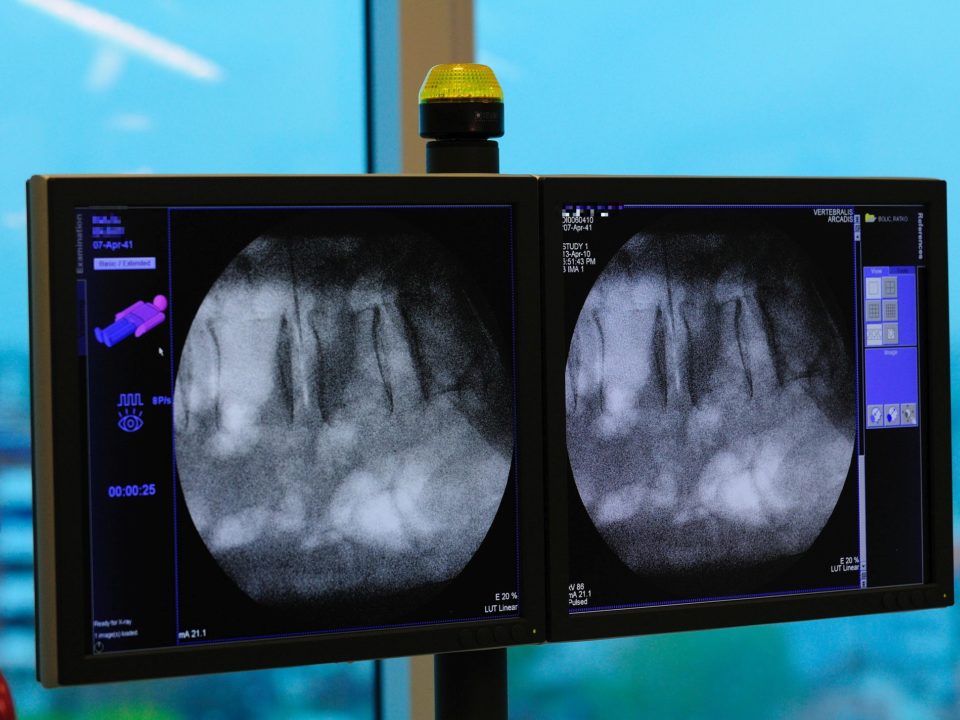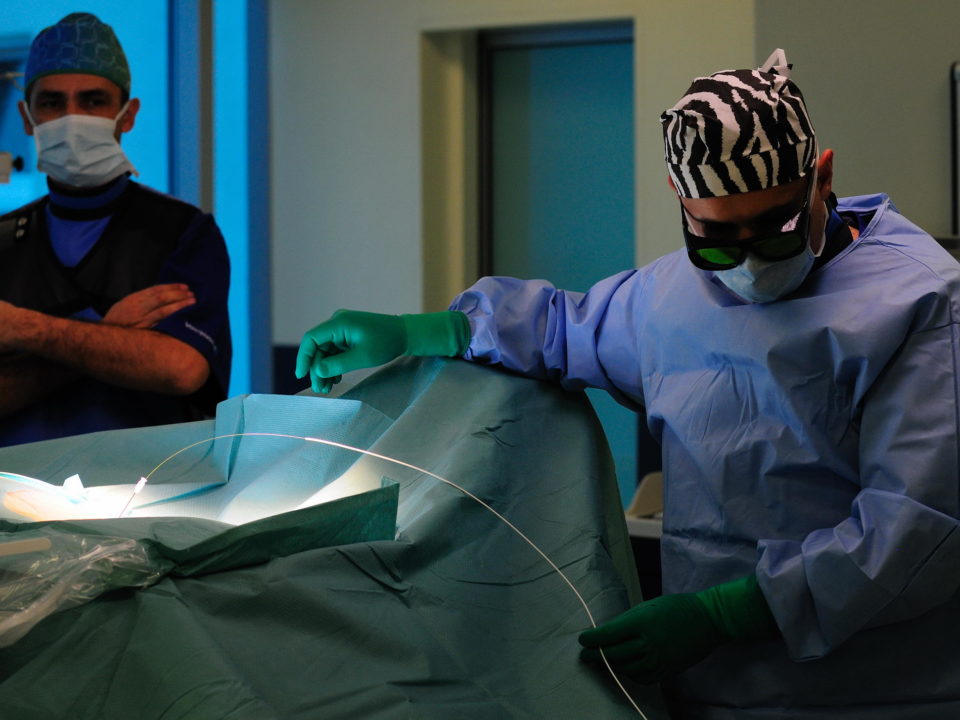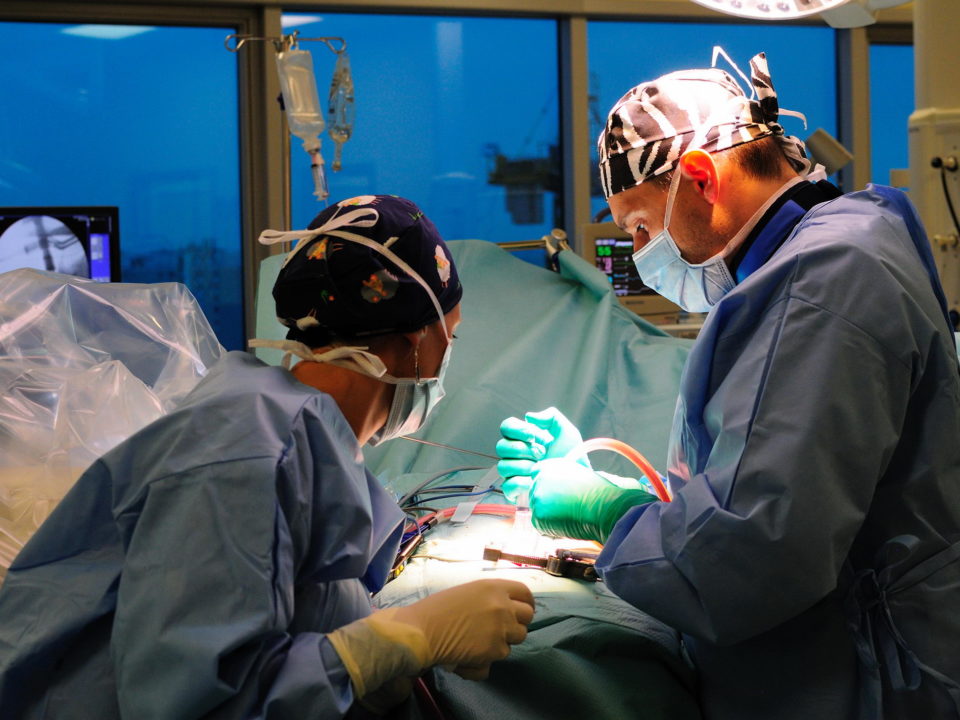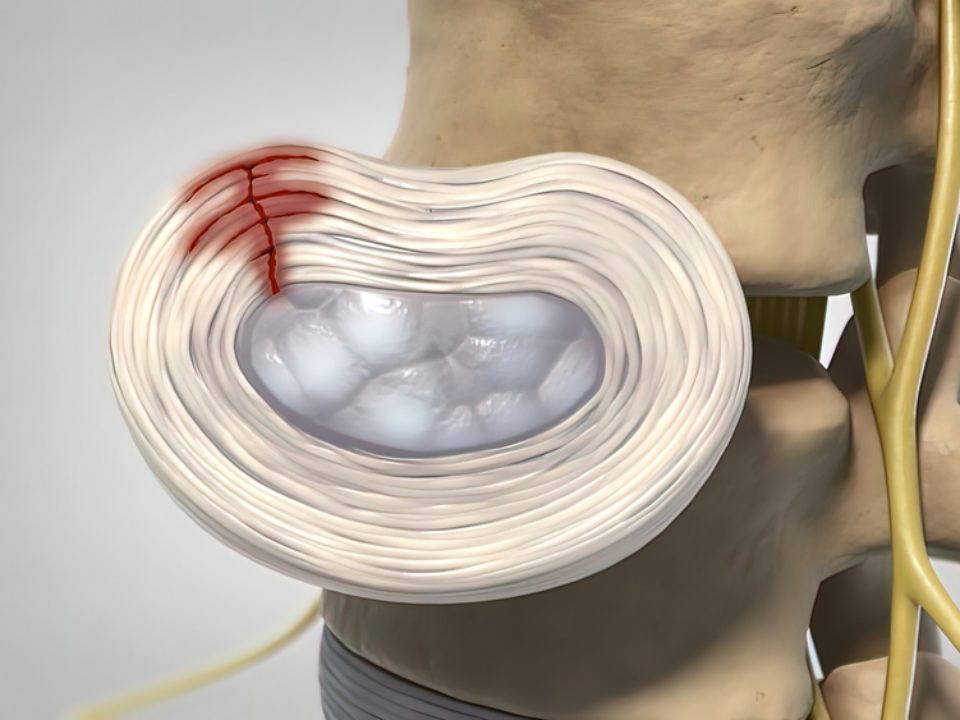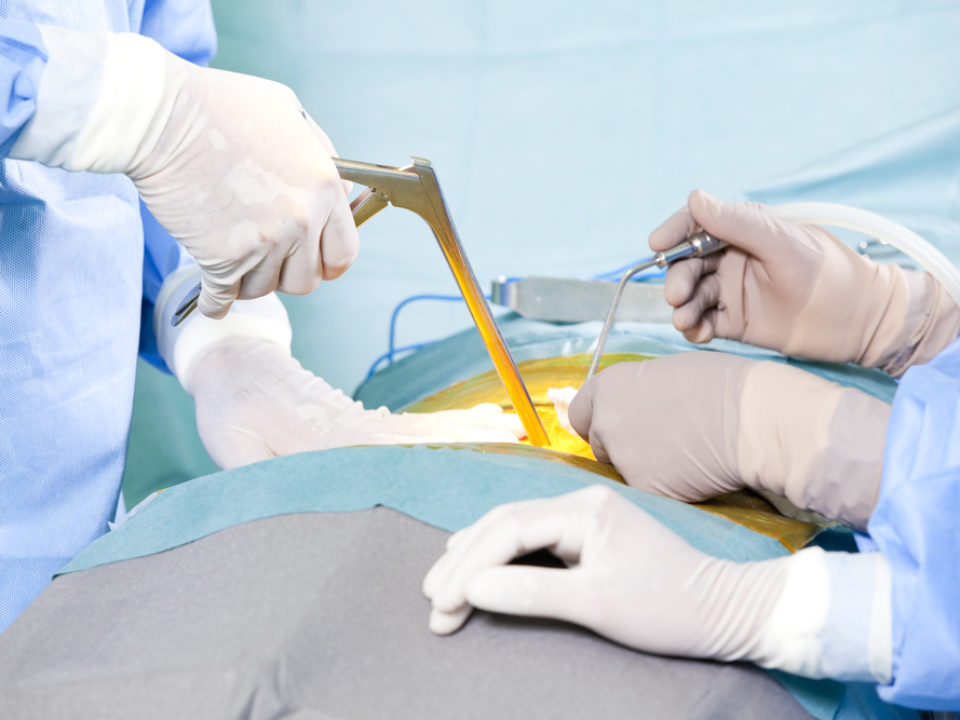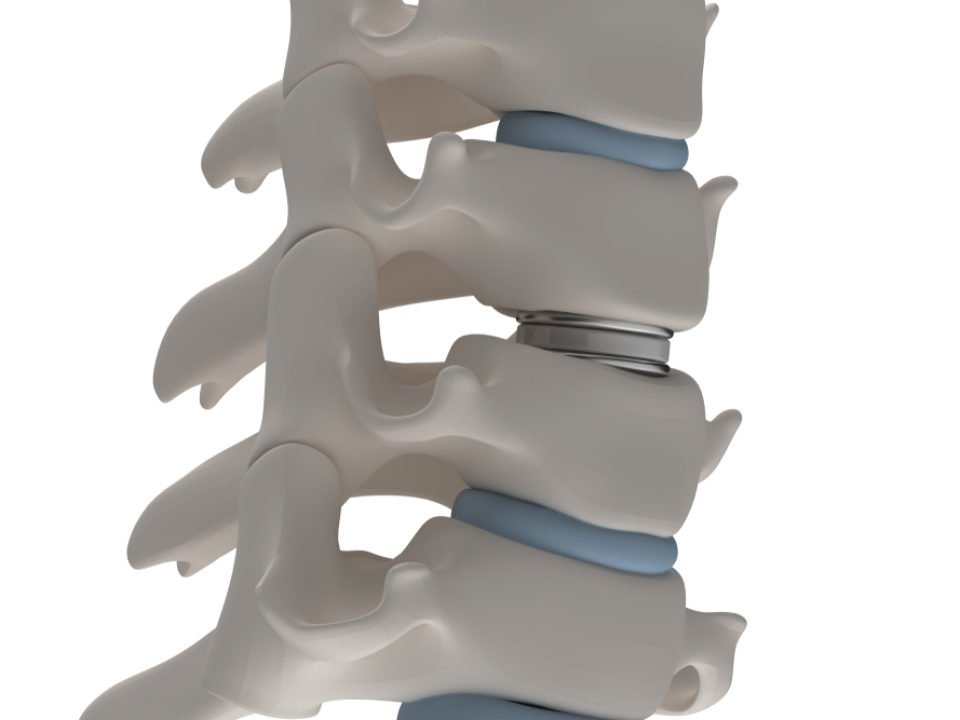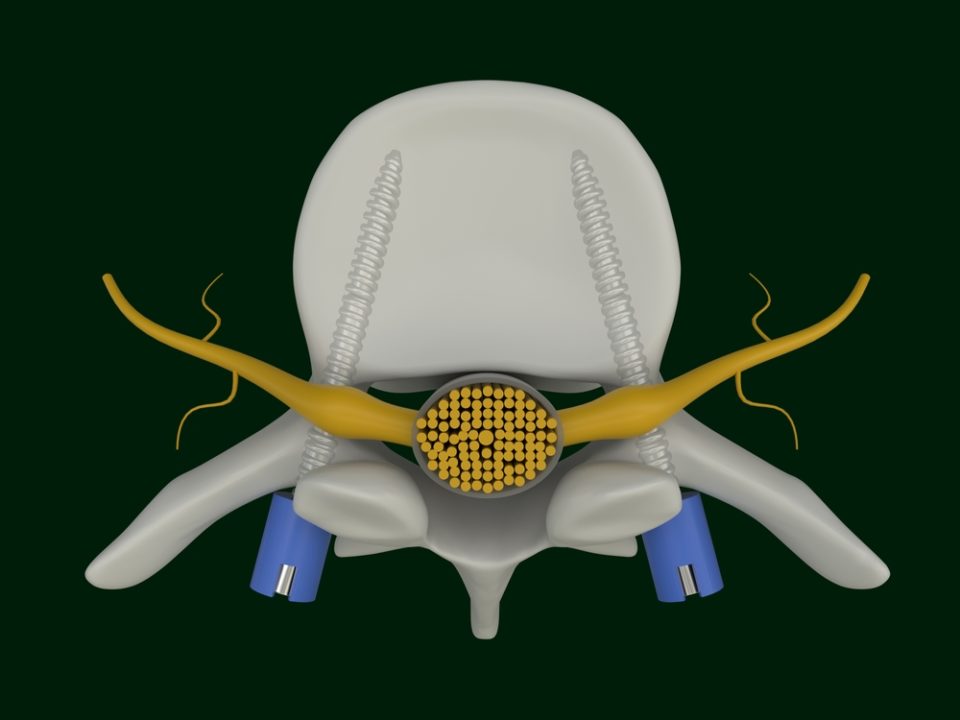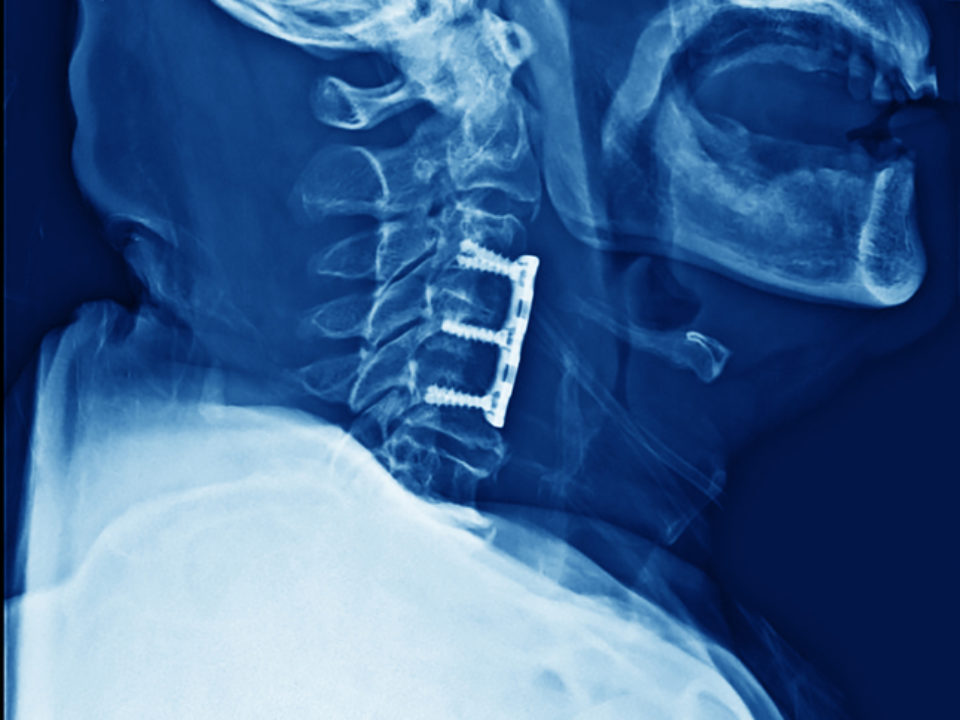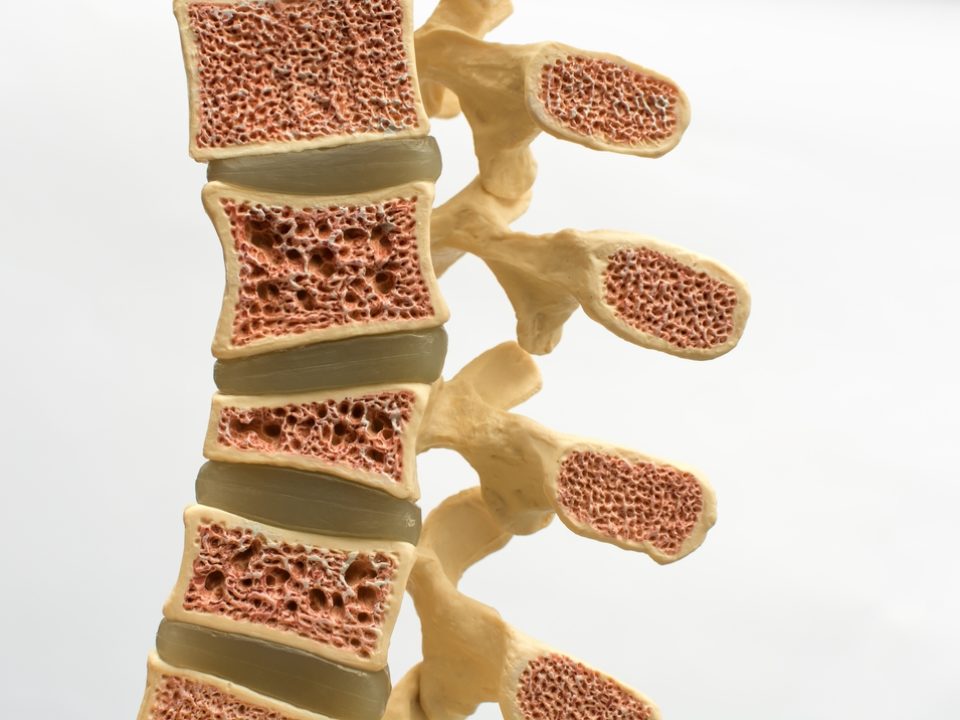
Spine Procedures
Specialties of our Department for neurosurgery include selective endoscopic discectomy with annuloplasty, METRx microendoscopic decompression, laser spine surgery (PLDD), and less invasive spinal fusion techniques (TLIF). All our methods combine a minimally invasive surgical approach with the maximum effect in treating degenerative diseases and ailments of the spine.
Robert Saftić, MSc, MD
Read more
Read the latest news, tips, and opinions from our experts!
